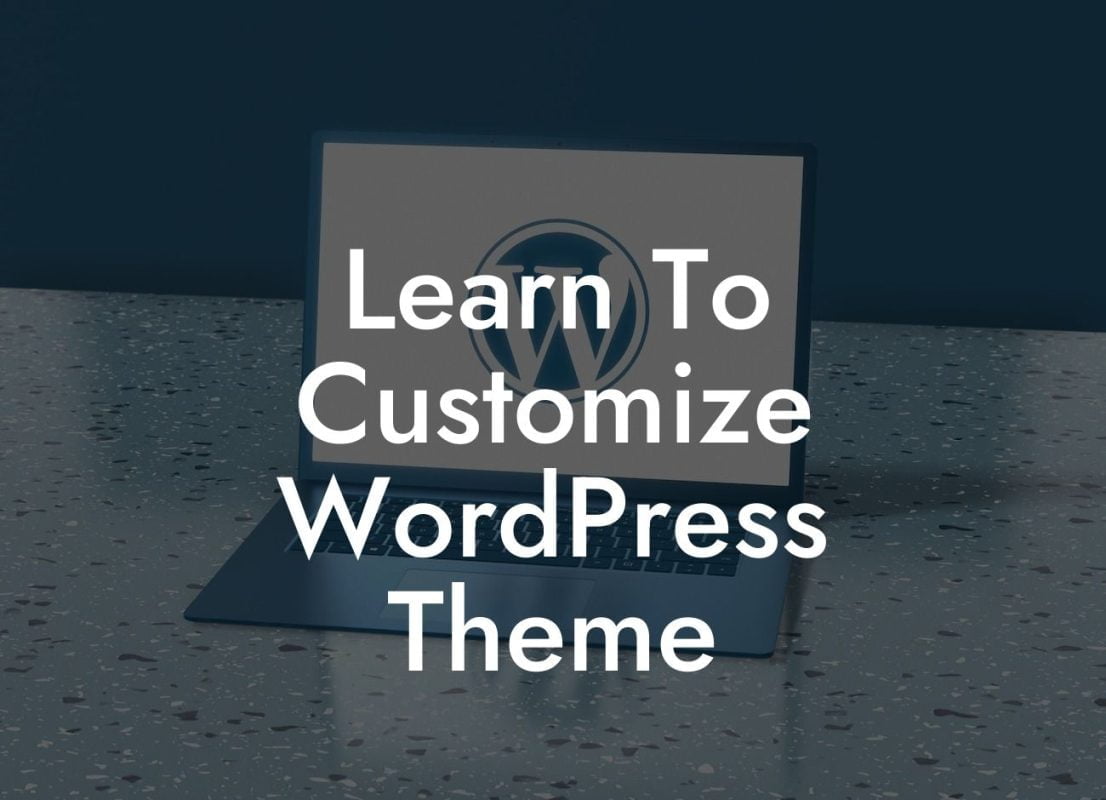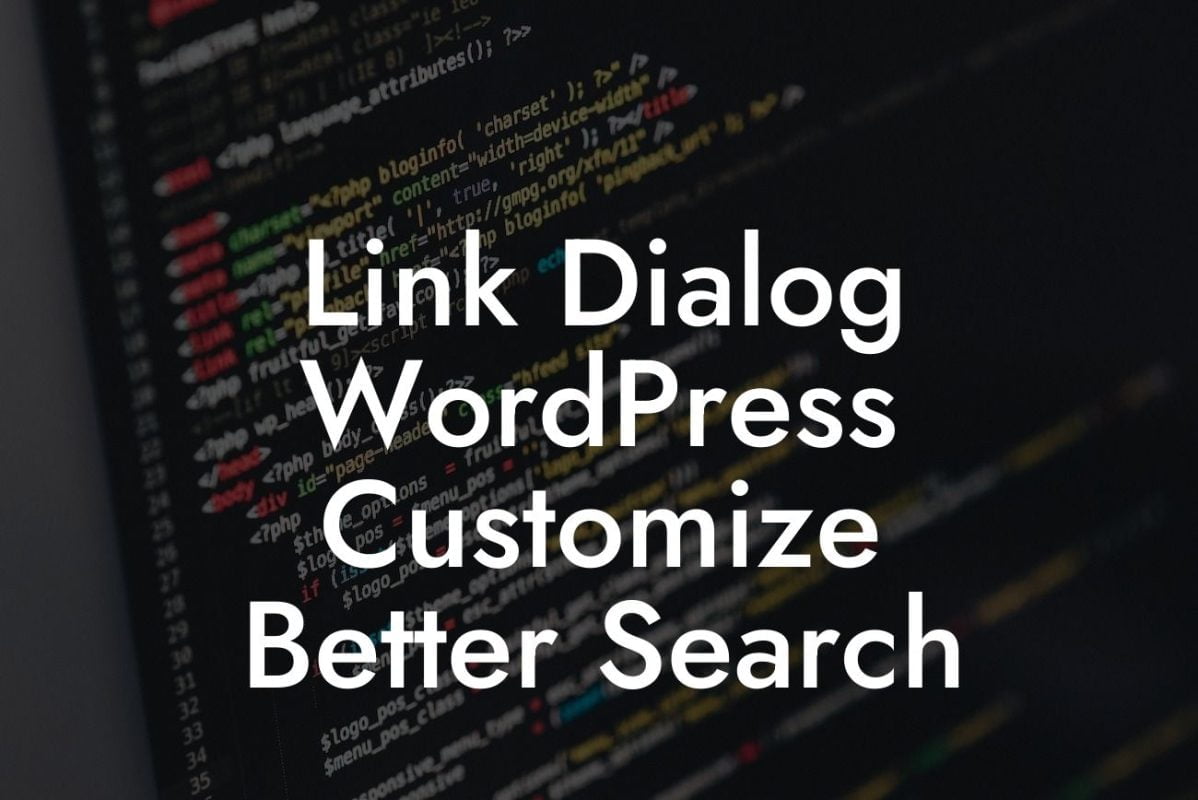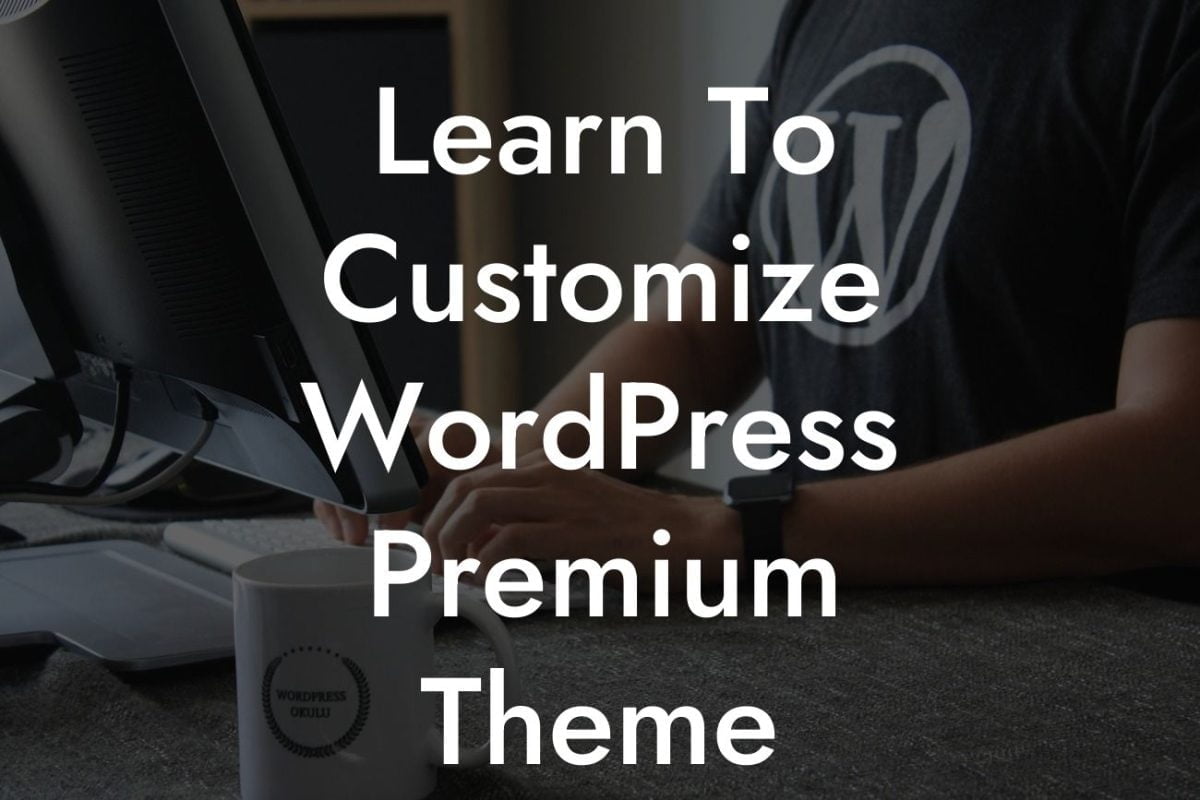Are you thinking about rebranding your blog or simply want to give it a fresh new name on WordPress? Changing your blog name can be an exciting and necessary step to revitalize your online presence. However, it's essential to approach this process carefully to avoid losing your hard-earned readership and search engine rankings. In this article, we will walk you through the process of changing your blog name on WordPress while ensuring a smooth transition.
Changing your blog name on WordPress involves a few key steps that you need to follow to maintain the integrity of your online presence.
1. Preparation:
- Before diving into the actual name change process, take some time to brainstorm and finalize your new blog name. Ensure it reflects your brand and resonates with your target audience.
- Create a backup of your WordPress site and its database to safeguard your content and settings in case of any unforeseen issues during the name change process.
Looking For a Custom QuickBook Integration?
- Inform your existing audience about the upcoming blog name change, reassuring them that your content and quality will remain the same.
2. Updating the Blog Name:
- Log in to your WordPress dashboard and navigate to the "Settings" tab. Click on "General" and locate the "Site Title" field. Replace the existing blog name with the new one and save your changes.
- Double-check your site to ensure the new name is properly reflected. Check the homepage, blog posts, and any other pages to ensure consistency.
3. URLs and Permalinks:
- Changing your blog name may affect your existing URLs and permalinks. It's crucial to set up proper redirects to avoid broken links and maintain SEO rankings.
- Install a redirection plugin, such as "Redirection" or "Yoast SEO," to manage URL redirects. Create a redirect from your old URLs to the new ones to preserve traffic and search engine rankings.
- Test the redirects thoroughly to ensure they are working as expected.
Change Blog Name Wordpress Example:
Suppose you have a blog named "HealthyLiving" and want to change it to "VitalWellness." By following the steps outlined above, you can smoothly transition your blog to its new identity. Remember to communicate the change with your audience and implement proper redirects to retain the credibility and visibility you have built over time.
Congratulations! You have successfully changed your blog name on WordPress. Take this opportunity to explore other helpful guides on DamnWoo, where we provide valuable tips and insights for small businesses and entrepreneurs like you. Don't forget to check out our awesome WordPress plugins that can supercharge your online presence. Share this article with fellow bloggers who might benefit from it. Happy blogging!













